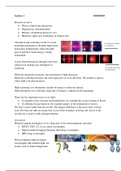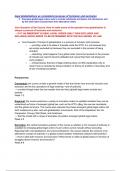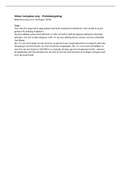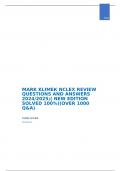Samenvatting
BO Samenvatting Colleges
- Instelling
- Vrije Universiteit Amsterdam (VU)
Dit is een complete samenvatting voor het vak "Biomedical Optics" in de Master "Biomedical Technology & Phyisics" aan de VU. Alle college's van het vak zijn verwerkt in deze samenvatting. Deze samenvatting is gebruikt voor het openboek tentamen (afgerond met een 9.5).
[Meer zien]








